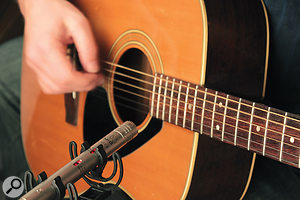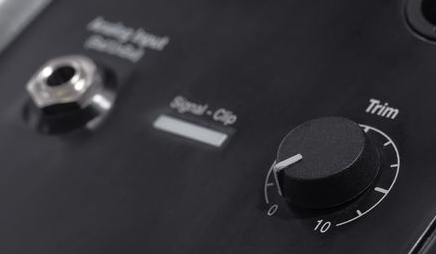Hi there
I've followed the Bose forum from time to time over the past 10 years since investing in my first two bose L1 Classical II models. I now have a third. I just PM'd ST and he said it would be of benefit to others to post publicly. So here's what seeking to know more about.
I'm having feedback issues with my guitar concert setups.
I have mutiple arrangements at our students concerts. We use up to 4 microphones on stage for various purposes.
I own and use the following on stage:
OM7 Audix mic, OM2 Audix mic, Shure Beta SM58A, then I use one of two condensor mics - AKG LC or a AKG C1000s.
Our setups vary from kids strumming guitars in large groups (which we tend not to worry to much about with mics) then we have a small classical guitar ensemble, acoustic guitar ensemble, and 2 or 3 combo bands, along with a few soloists, duets, other bands ( 2 or 3).
Instruments used: Classical Guitars, Acoustic guitars,Electric guitars (up to 3 in the bands), Vocals, Bass guitar. I play drums for our concert and I actually use a wazinator instead of the kick drum as I like the tight sound it gives, the rest of the kit is unmiked.
Here's some footage from our concerts. I've learnt a few things about using the gate, compression, standing close to mics (eating the mic), keeping at least 8 feet in front of bose systems, keeping bose systems at 8 feet apart from each other, and that the more mics you have on stage the bigger chance for feedback, bringing back the trim. I am a simple guitar teacher with not much intellectual capacity to get to get into technical knowledge, so I'm really looking for simple answers if you have any.
I guess I'm wondering if you recommend selling the condensors? They only reason I bought them was to give our instrumentalists a better chance of being heard, those who need to be miked. Do I invest another type of mic that might not feedback as bad?
I naturally favour the shure SM58A and Audix OM7 and OM2..... but it would be nice to be able to use the condensors for the classical guitar ensemble, kids playing in groups of five in a semi circle with one condensor mic in the middle.
We plug from left to right looking at the stage:
Into the first L1 Tower, Ch1 the kick and ch2 Audix OM2,
Then we use a T1 on the middle tower which has the following plugged into it: ch1 Bass guitar, ch2 Direct out to guitar amp, ch3 Audix OM7, ch4/5 acoustic guitar, then on the tower we plug in Ch1 the C1000s, and Ch2 electric guitar through a Boss ME-70.
Then on the tower on the right we use: Ch1 nothing as it's faulty, ch2 Shure SM58A - wireless hand held mic, ch3 electric guitar via a Laney amp miked with a shure sm57 mic, and ch4/5 acoustic guitars, then on the tower itself we plug in the AKG girls mic.
This is what we are using so far for our concert on the 14th of December next week......Here's some footage from our last concert.
https://www.youtube.com/watch?v=Qg5o9vUtwOo
https://www.youtube.com/watch?v=tWz2wvFWnQk
Please be aware we use a Tascam DR-40 with two condensor mics hooked up to it which is hooked directly into our Canon 6D camera for sound and video to be recorded simuataneously. A bit overcompressed, and we still haven't work out the best settings for video footage, or uploading to youtube for that matter, so the quality is quite lost.
In the venue we now use, which is a small theatre (170 seats). The seats angle up like a picture theatre (perhaps 15 to 20 degrees in steepness). Our sound mixer mixes at front of the stage due to using two T1 ToneMatch mixers.
Anyway, I've rambled on to much already, but I'm hoping you might understand what I'm trying to achieve. A couple pics of the condensor mics we use as they are older models now.
Hope to hear from you soon.
God bless,
Perrin Madsen






